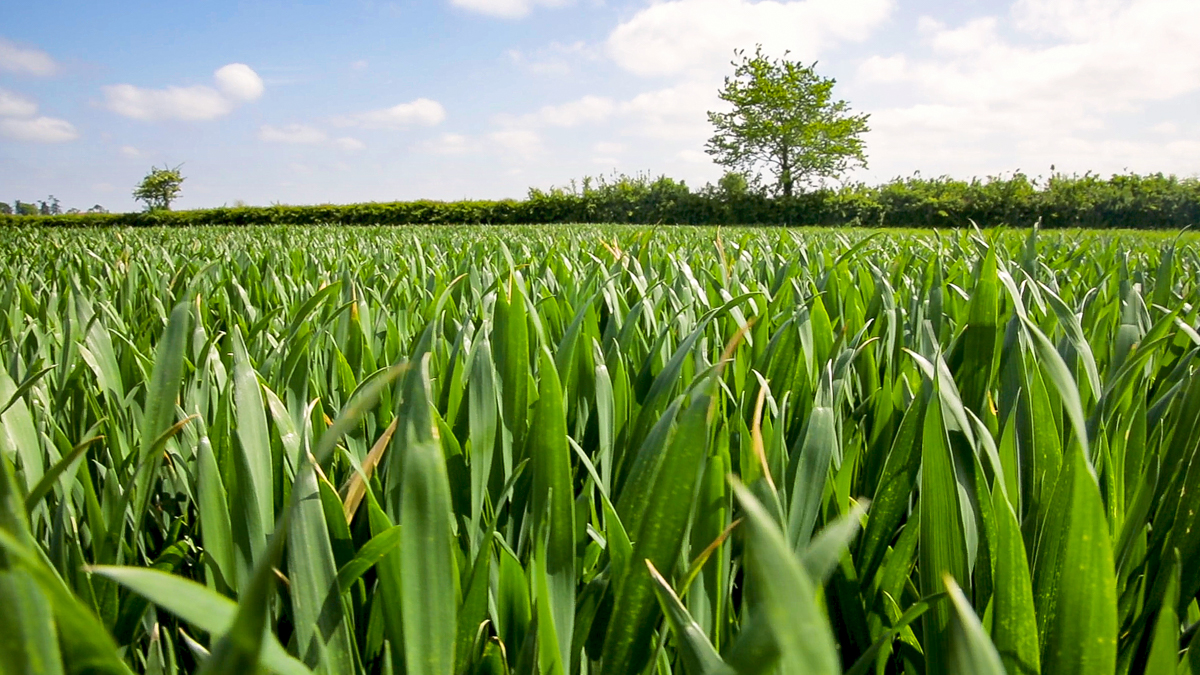T2s on wheat will be going out in the next few days. Any crops receiving T2s after today, May 19, cannot include chlorothalonil.
Advice is still to apply a broad-spectrum fungicide as part of an anti-resistance strategy. Folpet is one product that may be used.
Other principles should remain the same. Use mixes and alternate chemistry. If epoxiconazole was used at T1 farmers might choose prothioconazole now or they might look to new chemistry like Revysol, particularly if curative activity is needed.
Where weather has been dry, pressure is generally low; but where crops have received rainfall there is some disease present.
Septoria should be kept under control and prevented rather than cured. Avoiding curative action as much as possible is essential to reduce the risk of resistance build up to chemistry.
As crops are under stress farmers need to keep an eye on nutrition and may consider adding foliar nutrition or a bio-stimulant to the T2 to help crops struggling for water.
However, it is essential to watch the spend and think wisely before putting too much investment into crops which suffered over the winter and have low plant counts.
When should the T2 be applied?
T2s should be applied to the flag leaf when it has fully emerged. The top leaves need to be kept green to achieve potential yields.
